Find Help
More Items From Ergsy search
-
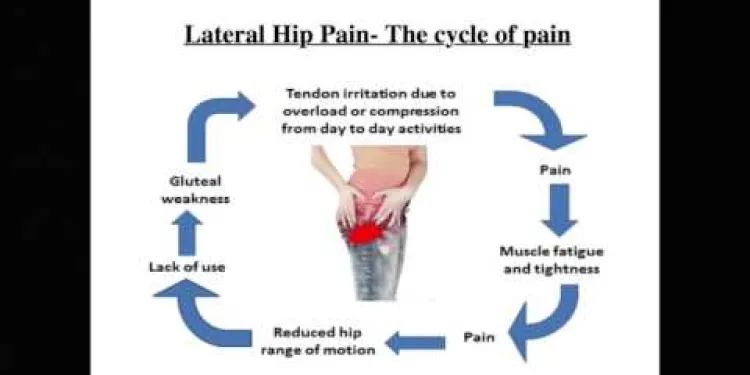
Advice - How to manage your lateral hip pain
Relevance: 100%
-
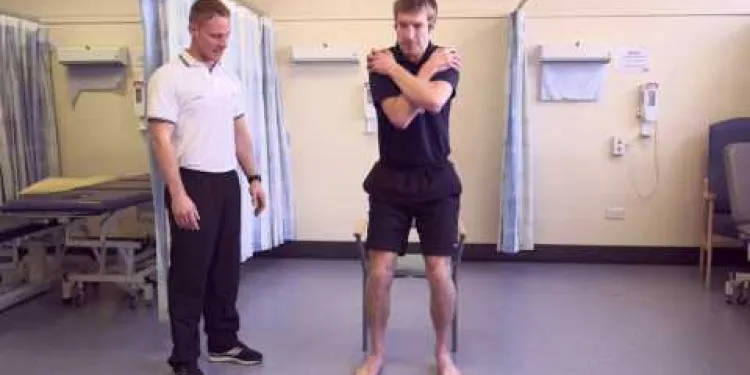
Exercises to help your lateral hip pain
Relevance: 90%
-

Osteoarthritis of the Hip
Relevance: 49%
-

Osteoarthritis of the Hip
Relevance: 49%
-
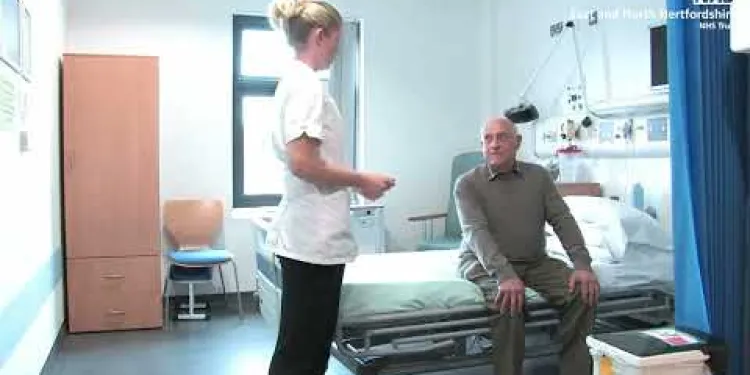
A journey to hip surgery
Relevance: 46%
-
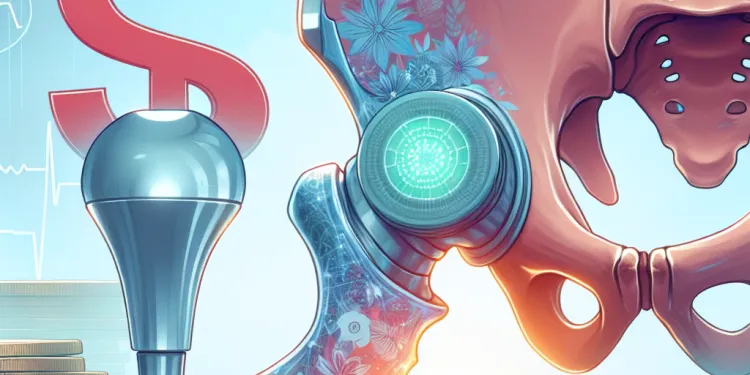
Do I need a Hip Replacement?
Relevance: 46%
-

Total Hip Replacement
Relevance: 45%
-

Greater trochanteric pain syndrome
Relevance: 45%
-

Hip replacement
Relevance: 45%
-
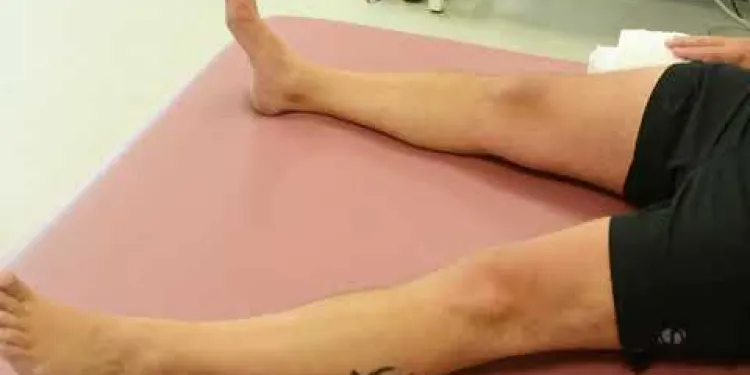
Joint School - Hip Exercises
Relevance: 44%
-

What is a hip replacement?
Relevance: 43%
-
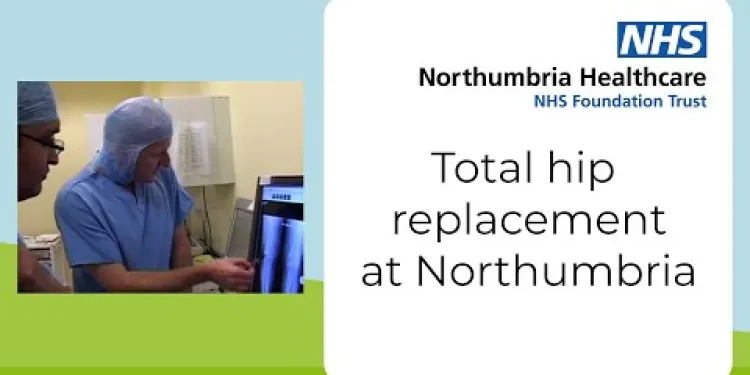
Total hip replacement at Northumbria Healthcare
Relevance: 43%
-
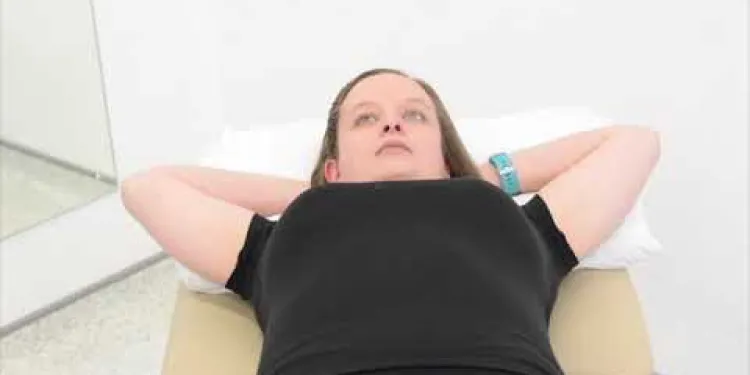
Frozen Shoulder Lateral Rotation
Relevance: 43%
-
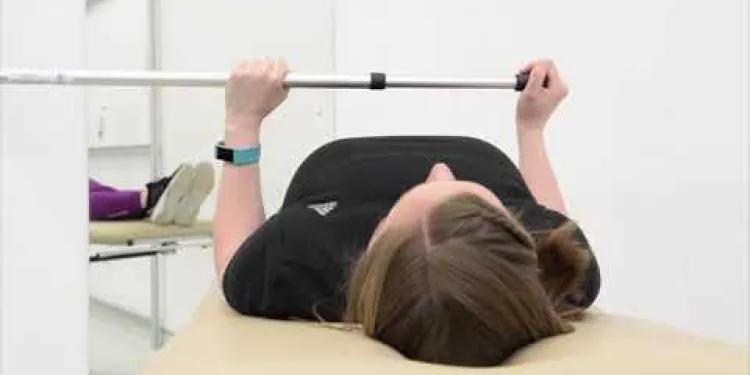
Frozen Shoulder Assisted Lateral Rotation
Relevance: 42%
-
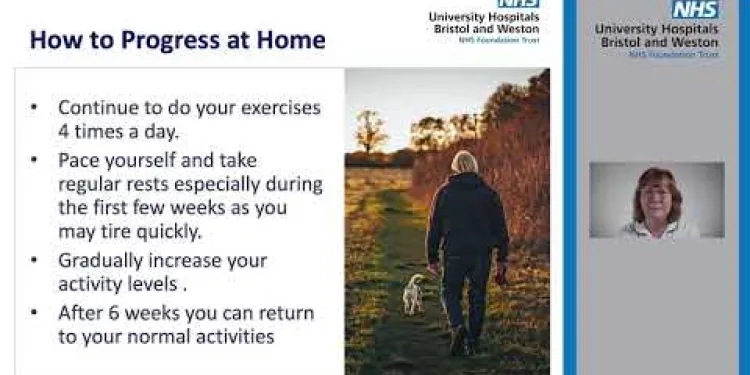
Enhanced Recovery - Hip
Relevance: 42%
-
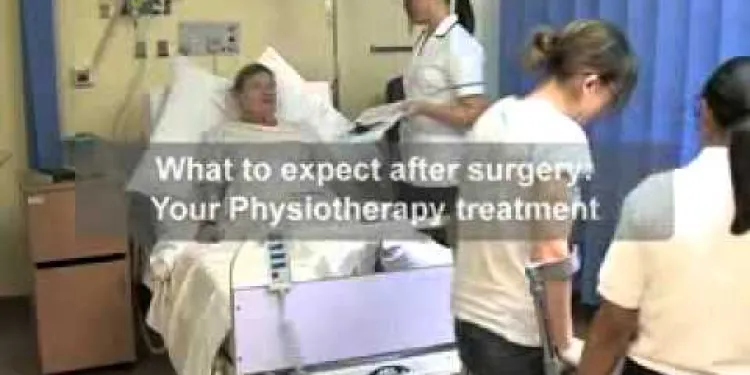
Total hip replacement
Relevance: 42%
-
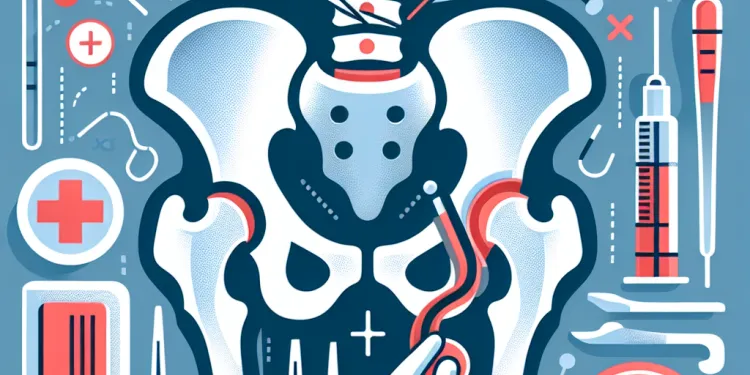
What is minimally invasive hip replacement surgery?
Relevance: 41%
-

What is the recovery time for a hip replacement?
Relevance: 40%
-
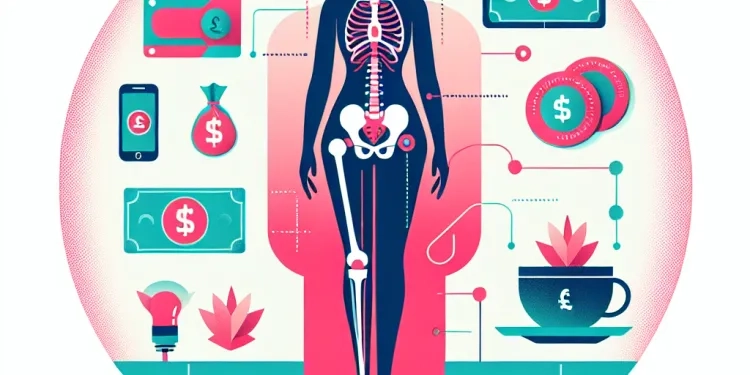
What are the risks associated with hip replacement surgery?
Relevance: 40%
-
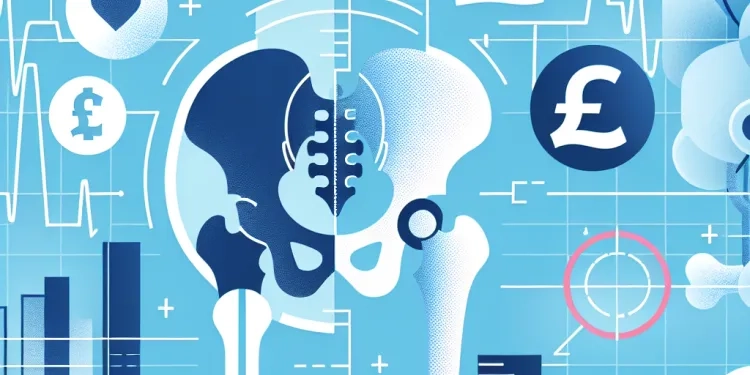
What type of anaesthesia is used during hip replacement surgery?
Relevance: 39%
-
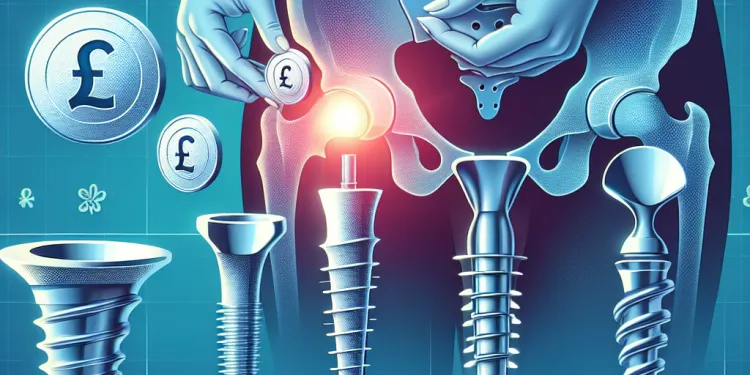
Are there different types of hip implants?
Relevance: 39%
-
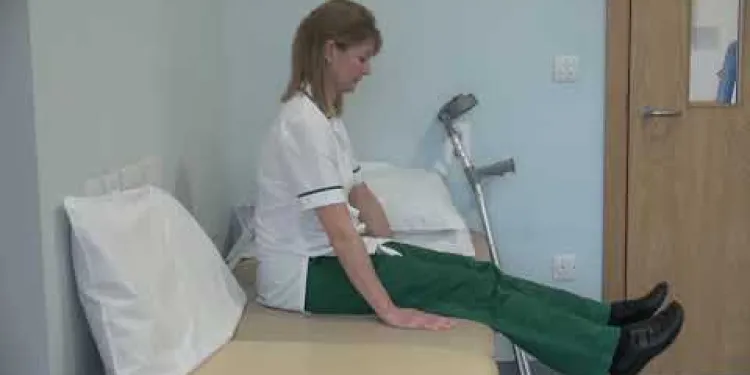
Hip replacement - getting into bed
Relevance: 39%
-

Will I need physical therapy after a hip replacement?
Relevance: 38%
-

How can I manage pain after a C-section?
Relevance: 38%
-

Can both hips be replaced at the same time?
Relevance: 38%
-
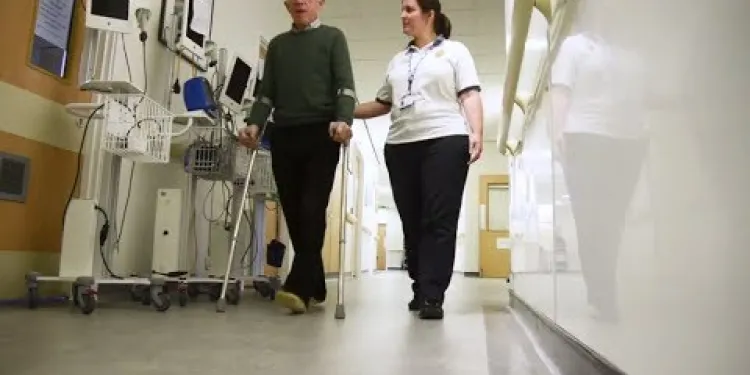
Having a hip replacement - Part Two: Recovery
Relevance: 37%
-

How do I prepare for hip replacement surgery?
Relevance: 36%
-

How much does hip replacement surgery cost in the UK?
Relevance: 36%
-
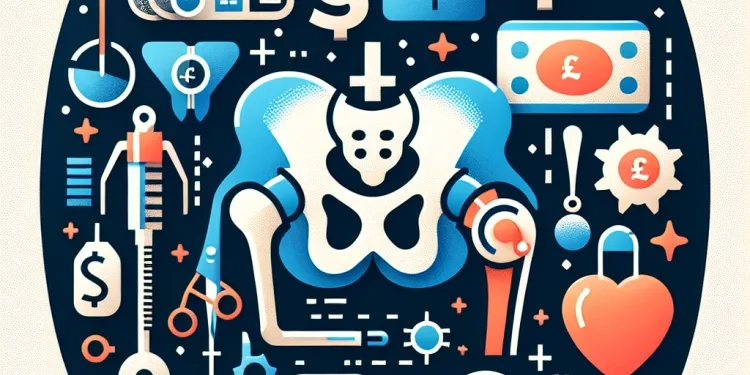
How long does a hip replacement surgery take?
Relevance: 35%
-

Can lifestyle changes help manage pain and fever during pregnancy?
Relevance: 33%
-

Your anaesthetic choices for your planned hip or knee replacement surgery at the RUH.
Relevance: 33%
-
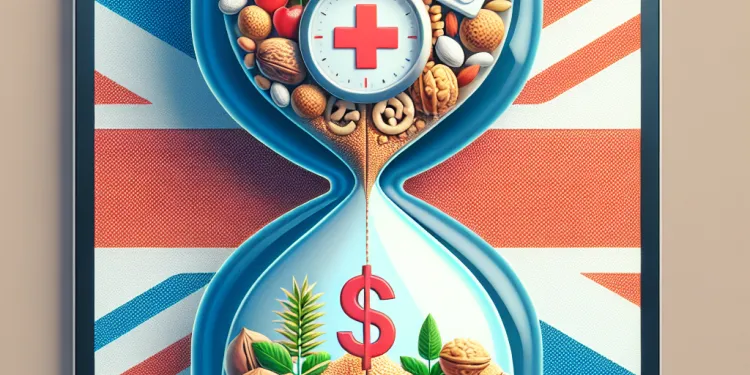
Can nut allergies develop later in life?
Relevance: 33%
-
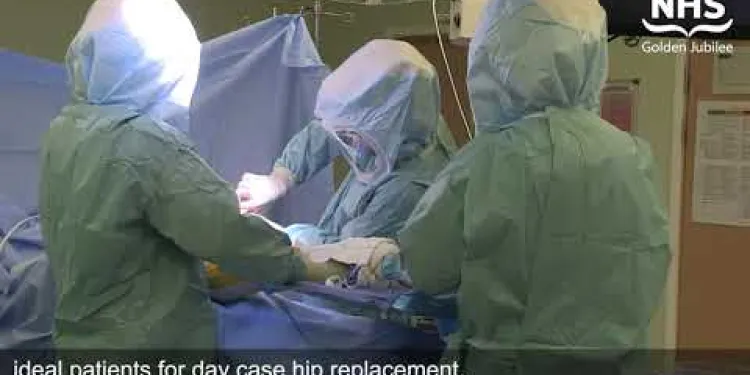
Same day discharge for NHS Golden Jubilee’s hip replacement patients
Relevance: 33%
-
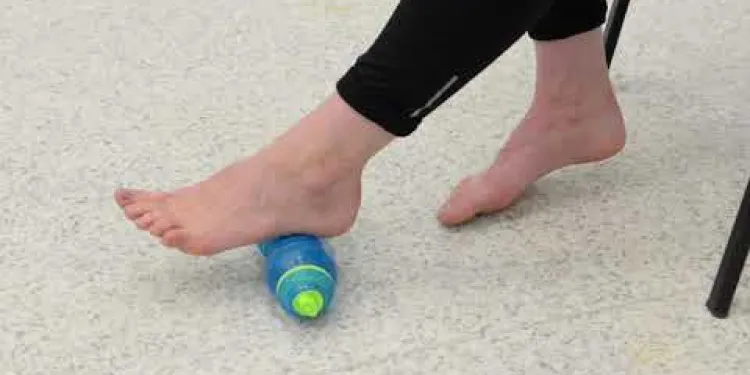
Foot Pain
Relevance: 29%
-

Is a facelift painful?
Relevance: 29%
-

Pelvic Girdle Pain Advice Class
Relevance: 28%
-
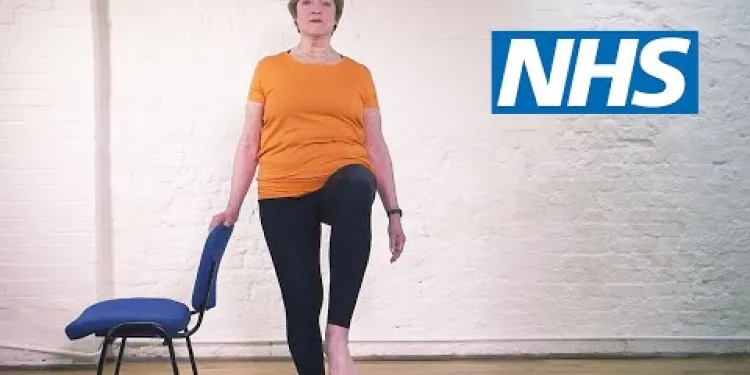
Pilates for back pain: Standing on one leg | NHS
Relevance: 28%
-

Is impetigo painful?
Relevance: 27%
-

Will I feel pain during the procedure?
Relevance: 27%
-
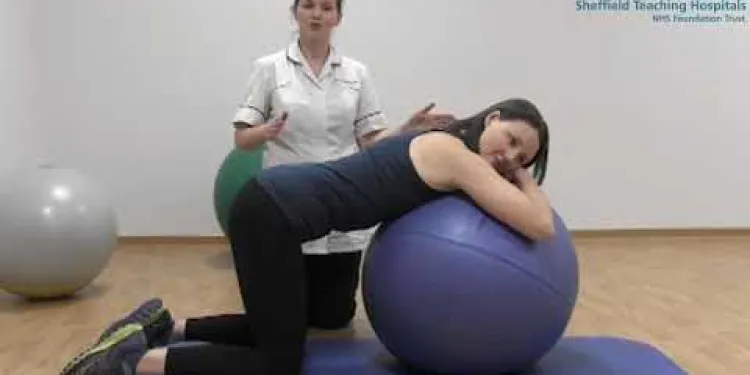
Mat and gym ball exercises with pregnancy related Pelvic Girdle Pain
Relevance: 27%
Advice - How to Manage Your Lateral Hip Pain
Understanding Lateral Hip Pain
Lateral hip pain, often localized around the outer part of the hip, is a common condition experienced by many individuals in the UK. This discomfort can stem from various issues including bursitis, tendonitis, or hip labral tears. Knowing the cause of your pain is essential to apply suitable management techniques.Implementing Rest and Activity Modification
One of the primary measures to manage lateral hip pain is to allow the affected area some rest. Avoid activities that can exacerbate the pain, such as prolonged standing, walking, or high-impact exercises. Gentle activities like swimming or cycling can be beneficial as they put less strain on the hips.Using Ice and Heat Therapy
Applying ice packs to the painful area can help reduce inflammation and numb discomfort. Use an ice pack for 15-20 minutes several times a day, especially after activities. Similarly, heat therapy using a warm towel or heating pad can help relax tight muscles and improve blood flow to the affected area.Stretching and Strengthening Exercises
Incorporate gentle stretching and strengthening exercises focused on the hip area. Exercises that stretch the iliotibial band, gluteal muscles, and hip flexors can be very beneficial. Strengthening the muscles around the hip joint can also provide better support and reduce pain.Focusing on Proper Posture and Ergonomics
Maintaining good posture and ergonomics is vital in managing lateral hip pain. Ensure that your sitting and standing positions do not put additional strain on your hips. Use a supportive chair, and maintain an upright posture with your feet flat on the ground.Seeking Professional Help
If your pain persists or worsens, seek advice from a healthcare professional. Physiotherapists in the UK can provide tailored exercise programs, while doctors may offer treatments like corticosteroid injections or, in severe cases, recommend surgical options.Maintaining a Healthy Weight
Excess body weight can increase the strain on your hips. A balanced diet and regular physical activity can help maintain a healthy weight, reducing the pressure on your hip joints and alleviating pain.In Conclusion
Managing lateral hip pain involves a combination of rest, rehabilitation exercises, and lifestyle changes. By understanding the nature of your pain and implementing these strategies, you can effectively reduce your discomfort and enhance your quality of life.Advice - How to Manage Your Lateral Hip Pain
Understanding Lateral Hip Pain
Lateral hip pain means your hip hurts on the outer side. It can happen to many people in the UK. The pain can be from different things like swelling, sore tendons, or tears. Knowing why your hip hurts helps you find the best way to feel better.Take Rest and Change Activities
To help your hip, rest it. Stop doing things that hurt it more, like standing or walking for a long time, or exercises that are hard. Try gentle activities like swimming or biking. They are easier on your hips.Using Ice and Heat to Feel Better
Put ice packs on your hip to lessen swelling and pain. Do this for 15-20 minutes, a few times a day, especially after you use your hip. Heat can also help. Use a warm towel or heating pad to make your muscles relax and get more blood to your hip.Do Stretching and Strengthening Exercises
Do gentle exercises to stretch and make your hip stronger. Stretch the muscles and bands around your hip. Making these areas strong helps support your hip and makes pain go away.Keep Good Posture and Ergonomics
Good posture is important. Sit and stand in a way that doesn't hurt your hips more. Use a chair that supports you well. Sit up straight with your feet flat on the floor.Get Help from a Professional
If your hip still hurts, talk to a doctor or physiotherapist. They can help with special exercises. Sometimes, they may give injections or suggest an operation if the pain is very bad.Stay at a Healthy Weight
If you weigh too much, your hips can hurt more. Eat healthy foods and keep moving to stay a good weight. This makes your hips feel less stress and pain.In Conclusion
To help your hip, you need to rest, exercise, and change some habits. By understanding your hip pain and trying these ideas, you can feel better and enjoy life more.Frequently Asked Questions
What are common causes of lateral hip pain?
Common causes of lateral hip pain include bursitis, tendonitis, muscle strain, and hip joint issues such as arthritis.
What is bursitis and how does it affect the hip?
Bursitis is the inflammation of the bursa, a small fluid-filled sac that cushions the bones, tendons, and muscles near your joints. In the hip, it can cause significant pain and swelling.
How can I alleviate lateral hip pain at home?
You can start by resting the affected side, applying ice, taking over-the-counter anti-inflammatory medications, and avoiding activities that exacerbate the pain.
When should I seek medical attention for my lateral hip pain?
Seek medical attention if your pain is severe, persists for more than a few weeks, or if you experience symptoms like swelling, redness, or fever.
What exercises can help reduce lateral hip pain?
Gentle stretching and strengthening exercises like hip bridges, clamshells, and side-lying leg raises can help, but make sure to consult a physiotherapist for personalized guidance.
Can physiotherapy help with lateral hip pain?
Yes, physiotherapy can be very effective. A physiotherapist can provide tailored exercises, manual therapy, and advice on posture and activity modification.
Is it okay to continue exercising with lateral hip pain?
It is generally best to avoid activities that cause pain. Low-impact exercises like swimming or using an elliptical machine might be suitable alternatives.
How can I prevent lateral hip pain from recurring?
Maintaining a healthy weight, strengthening the hip muscles through regular exercise, and ensuring good posture can help prevent recurrence.
Are there any specific therapies or treatments that can help with lateral hip pain?
In addition to physiotherapy, treatments like corticosteroid injections, shockwave therapy, and occasionally surgery may be recommended by your healthcare provider.
What role does weight management play in managing hip pain?
Excess weight can put additional stress on your hips. Managing your weight through a balanced diet and exercise can help reduce and prevent pain.
Can footwear affect my hip pain?
Yes, wearing appropriate footwear that provides good support can help alleviate hip pain. Avoid high heels and opt for shoes with good arch support.
Does good posture matter in managing hip pain?
Yes, maintaining good posture, especially during activities like sitting and standing, can help reduce the strain on your hips and prevent pain.
What is the role of anti-inflammatory medications in managing hip pain?
Anti-inflammatory medications can help reduce pain and inflammation temporarily, but they should be used as a part of a broader treatment plan.
Can applying heat help with lateral hip pain?
Heat can be effective in relieving muscle tension and promoting blood flow. Use a warm compress or take a warm bath to help alleviate pain.
How does sleep position affect lateral hip pain?
Sleeping on your back or with a pillow between your knees while on your side can help reduce hip pain by maintaining proper alignment and reducing strain.
What makes the side of the hip hurt?
Here are some things that can make the side of your hip hurt:
- Standing or sitting too much
- Overworking the hip muscles
- Old injuries
- Bursitis, which is swelling on the hip
If your hip hurts, it can help to:
- Take breaks and move around
- Stretch gently
- Use a hot or cold pack
- Talk to a doctor if it gets worse
Pain on the side of the hip can happen for a few reasons. It can be because of:
- A sore bump on your hip called bursitis.
- Tendons getting hurt, which is called tendonitis.
- Muscles getting pulled and hurting, known as muscle strain.
- Problems with the hip joint like arthritis, which makes the joint sore and stiff.
If you find it hard to understand words, try using pictures to help. You can also ask someone to read the words out loud to you. Remember, taking breaks and reading slowly can make it easier to understand.
What is bursitis and how does it affect the hip?
Bursitis is when tiny cushions near your bones get sore and swollen. These tiny cushions are called bursae. You have them in many places, like your hip.
When bursitis happens in the hip, it can cause pain. It might hurt when you walk, run, or move your hip.
If you have bursitis, resting can help you feel better. Sometimes, using ice or taking medicine helps too.
Bursitis is when a small, fluid-filled sac in your body gets sore and swollen. This sac helps cushion your bones, muscles, and tendons near your joints so they don't rub together and hurt.
If bursitis happens in your hip, it can cause a lot of pain and swelling in that area.
Here are some ways to help with bursitis:
- Rest the joint so it can heal.
- Use ice packs to reduce swelling.
- You can try gentle stretching to ease stiffness.
- If it still hurts, talk to a doctor. They can give advice or medicine to help.
How can I make the side of my hip hurt less at home?
First, give the hurting side a break. Put ice on it to help. You can take medicine from a shop to help with swelling and pain. Don't do things that make it hurt more.
When should I go to the doctor for pain on the side of my hip?
Go to a doctor if your pain is very bad, doesn’t go away after a few weeks, or if you have other problems like swelling, redness, or fever.
What exercises can make the side of your hip hurt less?
Simple exercises can help you feel better. Try doing gentle stretches and exercises like hip bridges, clamshells, and side-lying leg raises. But, it's important to talk to a physiotherapist. They can give you advice that is just right for you.
Can physiotherapy help with side hip pain?
Physiotherapy is a way to help when your hip hurts. Sometimes our hips can hurt on the side. This is called side hip pain.
A physiotherapist is a person who shows you special exercises. These exercises can help your hip feel better.
Here are some tips that can help:
- Do the exercises every day.
- Ask someone to help you with the exercises.
- Use a pillow when you sleep to feel more comfy.
- Tell your physiotherapist if it still hurts.
Physiotherapy can help make your hip strong and stop it from hurting. It's important to follow the advice and exercises from your physiotherapist.
Yes, physiotherapy can help a lot. A physiotherapist can give you special exercises, help move your body, and give advice on how to sit and move better.
Can I keep doing exercise if my hip hurts on the side?
If your hip hurts on the side, you might worry about doing exercise. It is important to listen to your body.
Here are some tips to help you:
- Talk to a doctor or a physical therapist. They can give you advice.
- Stop exercises that make the pain worse.
- Try gentle exercises like walking or swimming. These are easier on your hips.
- Use ice packs on your hip to help with the pain.
- Stretch gently to keep your muscles loose.
Remember, being careful is important. If the pain is too much, stop and rest.
It is usually a good idea to stop doing things that hurt. You can try gentle activities like swimming or using a special machine called an elliptical. These are easier on your body.
How can I stop hip pain on the side from coming back?
Hip pain on the side can hurt a lot. Here are some tips to help you feel better:
1. Rest: Take a break and don't do things that hurt your hip.
2. Stretch: Gentle stretches can help your hip. Try to stretch every day.
3. Ice or Heat: Use a cold pack or a warm towel on your hip to feel better.
4. Exercise: Doing light exercises can make your hip stronger. Ask an adult to show you how.
5. Good Shoes: Wear shoes that are comfortable and have good support.
Don't forget to ask a doctor for advice if your hip still hurts. They can help you feel better.
To keep your body healthy, try to keep a normal weight. Exercise helps make your hip muscles strong. Also, stand and sit with good posture. These things can stop problems from coming back.
What treatments can help with pain on the side of the hip?
If your hip hurts on the side, here are some things that might help:
- Rest: Take a break and don't do things that make the pain worse.
- Ice or Heat: Put ice or a warm pack on your hip to feel better.
- Stretching: Do easy stretches. This can help make your hip feel better.
- Physical Therapy: A special exercise teacher, called a physical therapist, can show you exercises to help your hip.
- Ask for Help: If your hip still hurts a lot, talk to a doctor.
These steps can help your hip feel better. Remember to go slowly and be gentle with yourself.
Your doctor might suggest other treatments to help you feel better. These can be:
- Special medicine injections to reduce swelling and pain.
- Shockwave therapy, which is a type of sound wave treatment.
- Surgery, but only sometimes if other treatments don't help.
If you find reading hard, ask someone to read with you or use an app that reads out loud.
How can keeping a healthy weight help with hip pain?
Keeping a healthy weight can help with hip pain. When you carry too much weight, it puts more pressure on your hips. This can make the pain worse. Losing weight can help take the pressure off your hips and make them feel better.
To help keep a healthy weight, you can eat healthy foods and exercise regularly. It is also good to talk to a doctor or a caring adult for advice. They can give you helpful tips.
Carrying extra weight can make your hips hurt more. Eating healthy food and doing exercise can help stop the pain.
Can shoes make my hip hurt?
Yes, wearing the right shoes can help your hip feel better. Don't wear high heels. Choose shoes that support your feet well.
Is sitting and standing up straight important for hip pain?
Yes, sitting and standing up straight can help stop your hips from hurting. It’s good for your body!
How do anti-inflammatory medicines help with hip pain?
Anti-inflammatory medicines can help people who have pain in their hips. These medicines reduce swelling and pain.
If you have hip pain, you can use these medicines to feel better. They can be in the form of pills or creams.
Always talk to a doctor before using these medicines. They will help you find the right one and tell you how much to use.
Some tools that can help you understand more about medicines are:
- Ask a doctor or nurse for help.
- Use apps that read text out loud.
- Watch videos that explain how medicines work.
Medicine that stops swelling can help with pain for a little while. But you should use them with other treatments too.
Does using heat help with hip pain on the side?
Heat can help make muscles feel better and move blood around. You can use a warm cloth or take a warm bath to feel less pain.
How does the way you sleep affect hip pain on the side of your body?
Sleeping on your side can sometimes hurt your hip. This is the place on the side of your body where your leg joins.
Try using a soft pillow between your knees to help. It can make the pain less.
You can also try sleeping on your back. This might help your hip feel better.
If your hip keeps hurting, ask a doctor or a nurse for help.
Try sleeping on your back. This can help make your hips hurt less.
If you like to sleep on your side, put a pillow between your knees. This helps keep your body straight and stops your hips from hurting.
Using a soft pillow can make you feel more comfortable. You can also ask someone to help you get into a comfy position.
Useful Links
- Ergsy carfully checks the information in the videos we provide here.
- Videos shown by Youtube after a video has completed, have NOT been reviewed by ERGSY.
- To view, click the arrow in centre of video.
- Most of the videos you find here will have subtitles and/or closed captions available.
- You may need to turn these on, and choose your preferred language.
- Go to the video you'd like to watch.
- If closed captions (CC) are available, settings will be visible on the bottom right of the video player.
- To turn on Captions, click settings .
- To turn off Captions, click settings again.
More Items From Ergsy search
-

Advice - How to manage your lateral hip pain
Relevance: 100%
-

Exercises to help your lateral hip pain
Relevance: 90%
-

Osteoarthritis of the Hip
Relevance: 49%
-

Osteoarthritis of the Hip
Relevance: 49%
-

A journey to hip surgery
Relevance: 46%
-

Do I need a Hip Replacement?
Relevance: 46%
-

Total Hip Replacement
Relevance: 45%
-

Greater trochanteric pain syndrome
Relevance: 45%
-

Hip replacement
Relevance: 45%
-

Joint School - Hip Exercises
Relevance: 44%
-

What is a hip replacement?
Relevance: 43%
-

Total hip replacement at Northumbria Healthcare
Relevance: 43%
-

Frozen Shoulder Lateral Rotation
Relevance: 43%
-

Frozen Shoulder Assisted Lateral Rotation
Relevance: 42%
-

Enhanced Recovery - Hip
Relevance: 42%
-

Total hip replacement
Relevance: 42%
-

What is minimally invasive hip replacement surgery?
Relevance: 41%
-

What is the recovery time for a hip replacement?
Relevance: 40%
-

What are the risks associated with hip replacement surgery?
Relevance: 40%
-

What type of anaesthesia is used during hip replacement surgery?
Relevance: 39%
-

Are there different types of hip implants?
Relevance: 39%
-

Hip replacement - getting into bed
Relevance: 39%
-

Will I need physical therapy after a hip replacement?
Relevance: 38%
-

How can I manage pain after a C-section?
Relevance: 38%
-

Can both hips be replaced at the same time?
Relevance: 38%
-

Having a hip replacement - Part Two: Recovery
Relevance: 37%
-

How do I prepare for hip replacement surgery?
Relevance: 36%
-

How much does hip replacement surgery cost in the UK?
Relevance: 36%
-

How long does a hip replacement surgery take?
Relevance: 35%
-

Can lifestyle changes help manage pain and fever during pregnancy?
Relevance: 33%
-

Your anaesthetic choices for your planned hip or knee replacement surgery at the RUH.
Relevance: 33%
-

Can nut allergies develop later in life?
Relevance: 33%
-

Same day discharge for NHS Golden Jubilee’s hip replacement patients
Relevance: 33%
-

Foot Pain
Relevance: 29%
-

Is a facelift painful?
Relevance: 29%
-

Pelvic Girdle Pain Advice Class
Relevance: 28%
-

Pilates for back pain: Standing on one leg | NHS
Relevance: 28%
-

Is impetigo painful?
Relevance: 27%
-

Will I feel pain during the procedure?
Relevance: 27%
-

Mat and gym ball exercises with pregnancy related Pelvic Girdle Pain
Relevance: 27%


